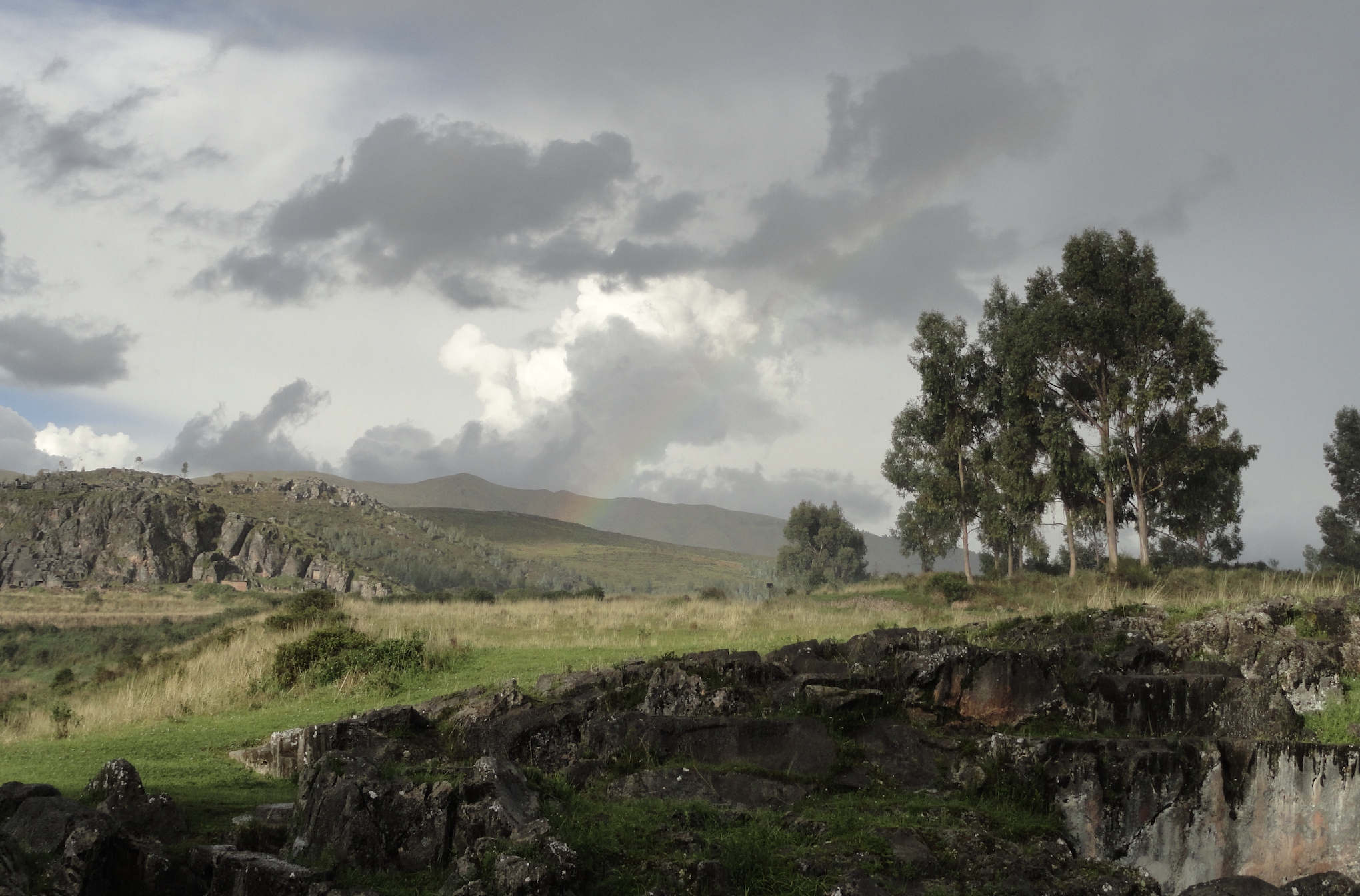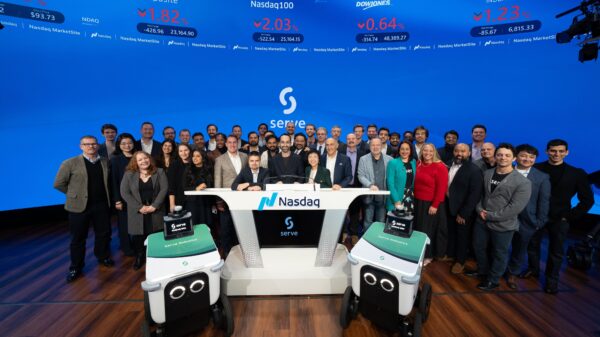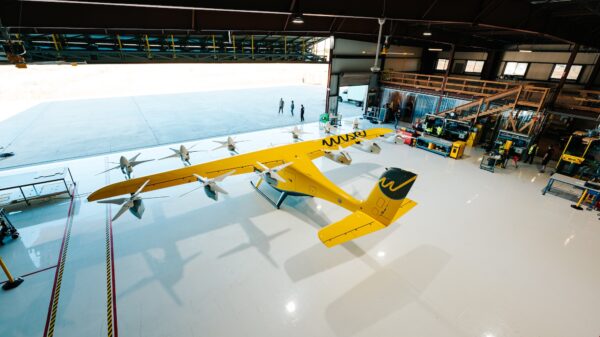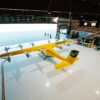Artificial intelligence-powered chatbots like ChatGPT have proven themselves to be highly questionable tour guides. Trusting one of these large language models to guide your journey may even put your life in danger.
This unfortunately became the case for a pair of tourists exploring the Peruvian Andes recently. They thought they were on their way to a mysterious and exciting location called the “Sacred Canyon of Humantay,” but it didn’t actually exist and was merely the hallucination of an AI model.
A tour guide in the area, Miguel Angel Gongora Meza, overheard the two talking about hiking their way through the mountains to the attraction. When he inquired, they showed him screenshots of the LLM’s directions and excitement about an imaginary location in the Mollepata area.
“They showed me the screenshot, confidently written and full of vivid adjectives, but it was not true,” he said in a statement provided to the BBC on Tuesday. “There is no Sacred Canyon of Humantay!” Meza added, pointing out that the tourists spent about US$160 to get to a rural road near their fictitious destination.
The co-founder and director of a local tourism company, Evolution Treks Peru, explained that the name their unspecified and unqualified chatbot came up with a combination of words from two other locations. To make things worse, Meza said that the coordinates the AI bot provided them would have put them in a potentially life threatening spot.
“This sort of misinformation is perilous in Peru,” the experienced Peruvian guide explained, adding that elevation, climatic changes and accessibility of paths must be carefully considered.
“When you use a program like ChatGPT, which combines pictures and names to create a fantasy, then you can find yourself at an altitude of 4,000 metres without oxygen and phone signal,” Meza concluded in his interaction with the major British publication.
He has almost three decades of guiding experience in the country and is particularly knowledgeable about the nation’s most popular trails and hikes.
“Currently, he campaigns to raise awareness of the exploitation and mistreatment endemic to the trekking industry,” Evolution Treks Peru says on its website, “particularly affecting porters and sherpas on iconic routes such as Kilimanjaro, the Inca Trail, Everest Base Camp, and the K2 Base Camp Trek.”
Moral of the story: always verify that AI-generated itineraries are accurate before proceeding on your journey. They are useful sources of information, but significantly flawed. These AI bots may provide you with flight routes that don’t exist, outdated prices and false or misleading destination details.
Modern-day large language models tend to struggle with multifaceted travel plans that must consider several stops, group coordination or unforeseen disruptions. Currently, human judgement generally outperforms artificial intelligence in navigating through such complications.
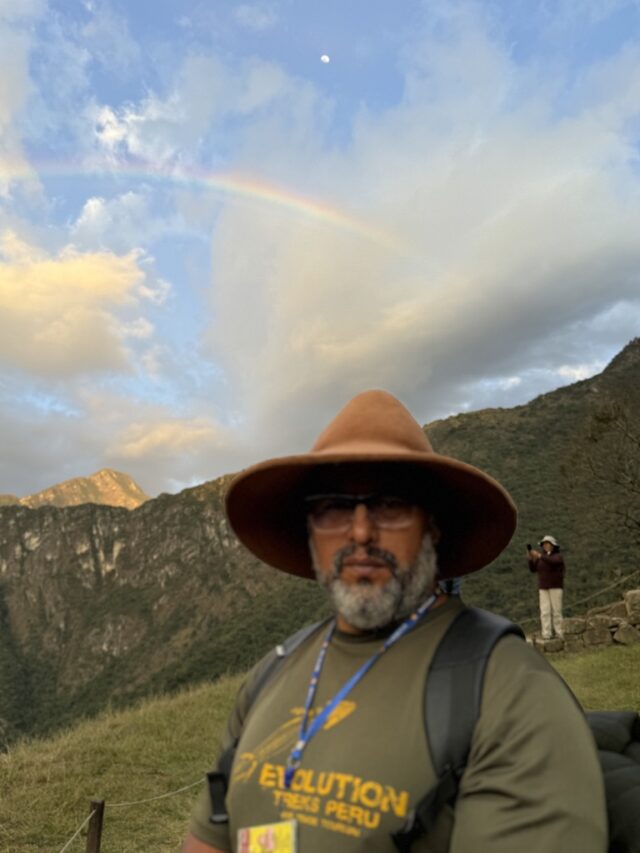
Miguel Angel Gongora Meza. Photo credit: Evolution Treks Peru
Read more: AI education becomes mandatory at Kazakhstan’s universities
Follow Rowan Dunne on LinkedIn
rowan@mugglehead.com

